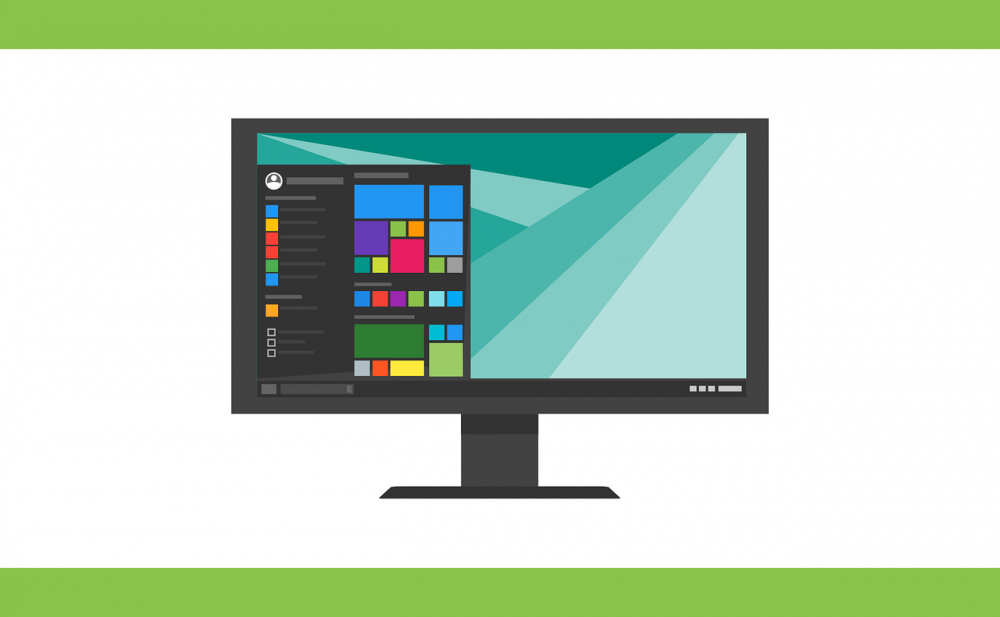Huawei Apps Shutdown: An In-depth Analysis

Introduction:
In recent months, the Huawei App Store has witnessed a wave of app shutdowns, leaving millions of users puzzled and concerned. This article aims to provide a comprehensive overview of the phenomenon known as ”Huawei apps shutdown.” We will delve into the various types of shutdowns, their popularity, and the quantitative measurements surrounding this issue. Furthermore, we will discuss the differences between these shutdowns and explore their historical impact and pros and cons.
Overview of Huawei Apps Shutdown:

The Huawei Apps Shutdown refers to the process of discontinuing certain apps on Huawei devices. This action is often taken by app developers or regulatory bodies due to several reasons, including security concerns, licensing issues, or the app’s non-compliance with regional laws and regulations. While this has garnered attention recently, app shutdowns are not exclusive to Huawei but affect other platforms as well.
Types of Huawei Apps Shutdown:
There are primarily three types of shutdowns affecting Huawei apps. The first type is when a specific app is removed from the Huawei App Store by the app developer or Huawei itself. The second type occurs when apps become incompatible with Huawei devices due to software or hardware updates, rendering them non-functional. Lastly, some app shutdowns happen due to regional restrictions imposed by governments, prohibiting certain apps from being accessible within a specific country.
Some Popular Shutdowns on Huawei:
Several popular apps have faced shutdowns on Huawei devices. One notable example is the restriction imposed on TikTok and WeChat, which has affected millions of users globally. Messaging apps like Telegram and Signal have also faced temporary or permanent shutdowns due to regulatory concerns. Additionally, certain gaming apps and social media platforms have encountered restrictions, impacting user experience on Huawei devices.
Quantitative Measurements of Huawei Apps Shutdown:
Measuring the impact of Huawei apps shutdown can be challenging. However, app usage statistics provide some insights. By analyzing the number of downloads, user ratings, and active users, we can gauge the popularity and significance of the affected apps. Surveys and user feedback can also shed light on user sentiments and their response to the shutdowns.
Differences Between Huawei Apps Shutdown:
The differences among Huawei app shutdowns lie in the way they are executed and their underlying reasons. Some shutdowns are voluntary, initiated by app developers themselves, while others are enforced by regulatory authorities or Huawei’s own policies. Additionally, the impact and duration of the shutdowns vary, with some being temporary measures, while others may result in permanent removal from the Huawei App Store.
Historical Review of Pros and Cons:
The Huawei apps shutdown is not a new phenomenon. In the past, similar actions have been taken against apps on various platforms. There are advantages and disadvantages associated with such shutdowns. On the positive side, shutting down non-compliant apps can enhance user security, improve the overall app quality within the ecosystem, and ensure regulatory compliance. However, the disadvantages include the negative impact on user experience, loss of popular apps, and potential restriction of freedom of choice for Huawei device owners.
Conclusion:
The Huawei apps shutdown has generated significant attention and concern among Huawei device users. This article aimed to provide a detailed analysis of this phenomenon, covering its overview, types, popularity, quantitative measurements, differences, and historical pros and cons. As the Huawei ecosystem evolves, it is crucial to strike a balance between security and user experience, ensuring that app shutdowns are well-justified and result in a robust and compliant app environment for Huawei users.
















































